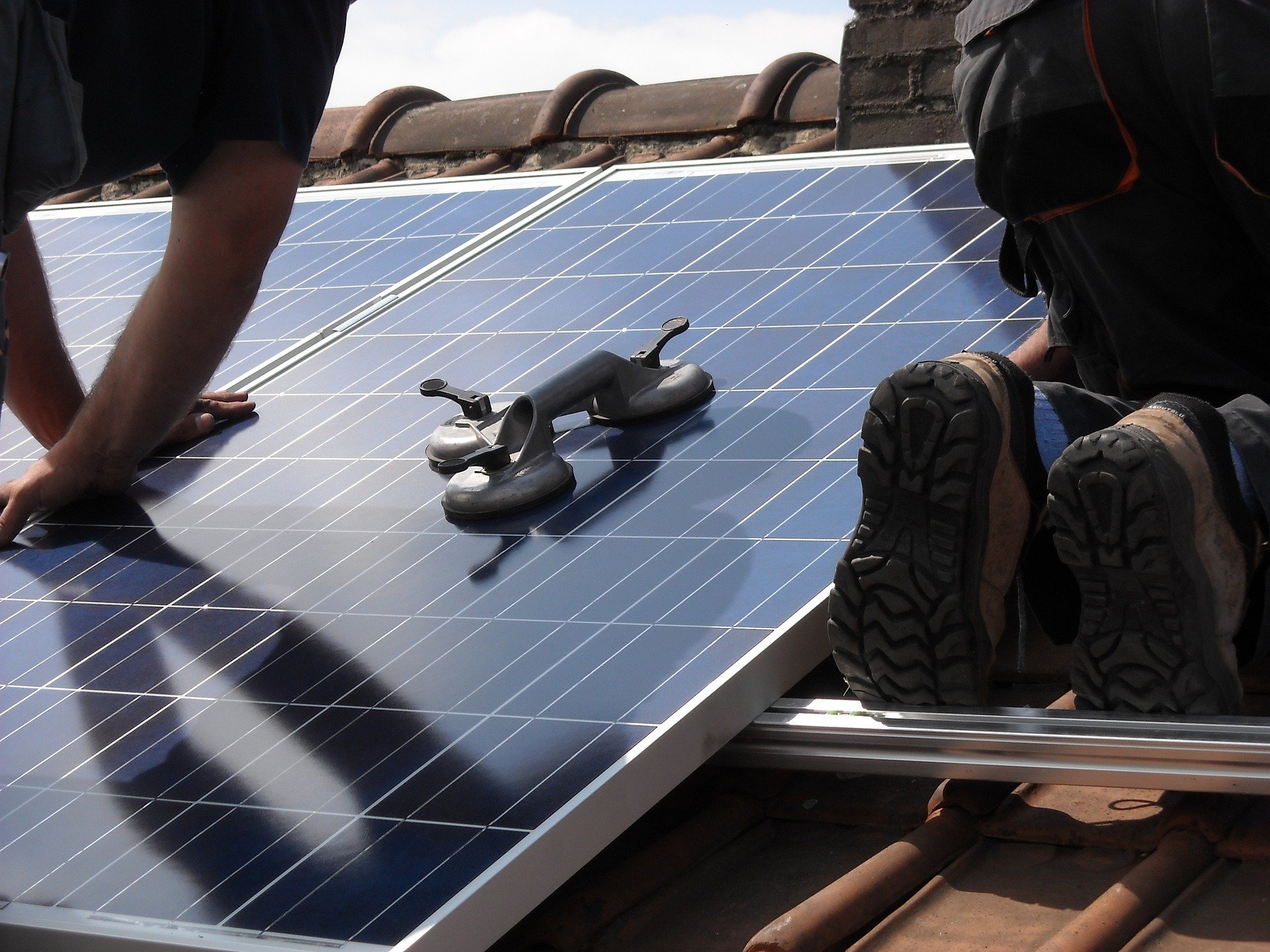Installing Solar Panels
Installing Solar Panels
Introduction
Since moving to the Campo, I have had to learn a lot about renewable energy. I’ve learned to bake and cook on the passive solar and had many candlelit evenings in Winter when I have tried to stretch my system too far.
Solar power is the conversion of sunlight into electricity using photovoltaic (PV) panels. It is a renewable energy source that can help reduce reliance on fossil fuels, lower energy bills, and decrease carbon footprint. In this post, I will cover a step-by-step process for installing solar panels in your home or business, including tips for the successful installation and maintenance of your system.
Although there was a system already in place when I arrived at the Campo house - it has required some upgrading and certainly a lot of learning.
Planning for Solar Installation
Determine your energy needs -
Before you install solar panels, you need to know how much energy your home or business uses on average. This will help you determine the size and number of solar panels you need to install.
Assess your property's solar potential -
The amount of sunlight your property receives will impact the efficiency of your solar panels. Consider factors such as shading, roof orientation, and the angle of your roof when assessing your property's solar potential.
Obtain necessary permits and permissions -
Depending on where you live, you may need to obtain permits and permissions from your local government or utility company to install solar panels.
Hire a reputable solar power installer -
Installing solar panels is a complex process that requires specialized skills and knowledge. It's important to hire a professional installer with a proven track record of successful installations.
Solar Panel Installation Process
Choosing the right solar panel
There are many different types of solar panels available, each with its own benefits and drawbacks. Consider factors such as efficiency, cost, and warranty when choosing a solar panel for your home or business.
Site preparation
Before installing the solar panels, your installer will need to prepare the site. This may involve removing any obstacles or debris from the installation area and ensuring that the roof or ground is level and structurally sound.
Mounting solar panels -
The solar panels will be mounted onto your roof or a ground-mounted structure. Your installer will ensure that the panels are securely attached and positioned for optimal sun exposure.
Connecting panels to the electrical system -
Once the solar panels are in place, they will be connected to your home or business's electrical system. This may involve wiring the panels to an inverter or other electrical components.
Testing and commissioning the system -
After the installation is complete, your installer will test the system to ensure that it is working properly. They may also provide training on how to monitor your energy production and use.
Maintenance and Upkeep
Regular inspection and cleaning -
To ensure that your solar panels are functioning at maximum efficiency, they should be inspected and cleaned regularly. This may involve removing dirt and debris from the panels and checking for any signs of damage or wear and tear.
Troubleshooting common issues -
While solar panel systems are generally low maintenance, they can still encounter issues from time to time. It's important to be familiar with common issues such as shading, module failure, or inverter problems so that you can troubleshoot them quickly and efficiently.
Monitoring energy production -
Monitoring your energy production will help you to optimize your solar power system and ensure that it is performing as expected. This may involve using a monitoring app or software to track your energy production and usage over time.
Battery backup system -
If you want to ensure that your home or business has power at all times, you may want to consider installing a battery storage system. This will allow you to store excess energy generated by your solar panels and use the power when you need it most.
Using Solar Power
As soon as you live with a solar system you learn about what each appliance draws from the electricity and how to balance daily life. Luckily all new appliances come with the correct labelling and I can determine what I can and can’t plug in easily. In winter - cloudy days mean no bread-making or laundry but on a sunny summer day, I can run pretty much everything I want.
Campo life is a balance of what I need versus what’s available. Many meals are cooked on the wood-burning stove or open fire in winter and guests are given an approximate time of when we shall dine.
Conclusion
I love embracing the power of the sun.
Have you installed solar panels?
What would your do’s and don’ts be? Leave me a comment.



